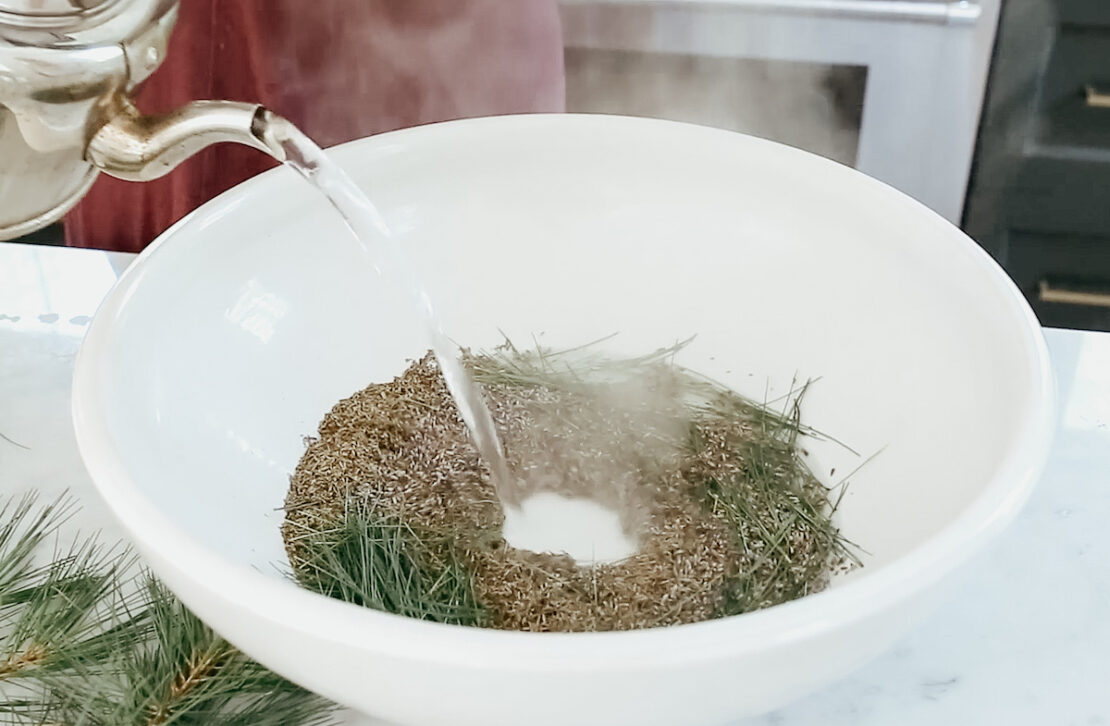
Natural Allergy Support: Nasal Rinses, Eyewashes & Herbal Steams
Natural allergy support is something that many of us seek, often with desperation during the spring and summer months. I had the worst allergies imaginable during both of my pregnancies—it was so bad that people would stop and stare at me, often with sympathy and sometimes with alarm. Going outside for as little as 5 minutes meant the onset of a horrible allergy attack that would last for hours afterwards.
Wanting to avoid exposure of my unborn child to medication while also knowing that I couldn’t stay hidden away inside for the entire allergy season, I began looking for a fast way to clear the pollen out of my sinuses. And this is when I discovered the magic of the neti pot. To be honest, I carried my neti pot with me everywhere, along with a little pouch of salt, so that I could use it upon arrival at my destination. Washing all that pollen out of my sinuses soothed them immediately!
Nasal washes, eyewashes, and herbal steams help to remove irritating pollen from susceptible mucous membranes. When the allergen is removed, the body’s allergic response ceases or at least lessens. A simple wash of salty water or cleansing from a steam can help take care of things quickly. The addition of herbs can further hasten tissue repair while opening up the sinus passages.
Herbs To Use In Rinses & Washes For Natural Allergy Support
The astringent, vulnerary, and demulcent action of these herbs provides a soothing effect from allergy symptoms while promoting the health and integrity of the tissues. Many of these herbs are also wonderful anti-inflammatories as well.
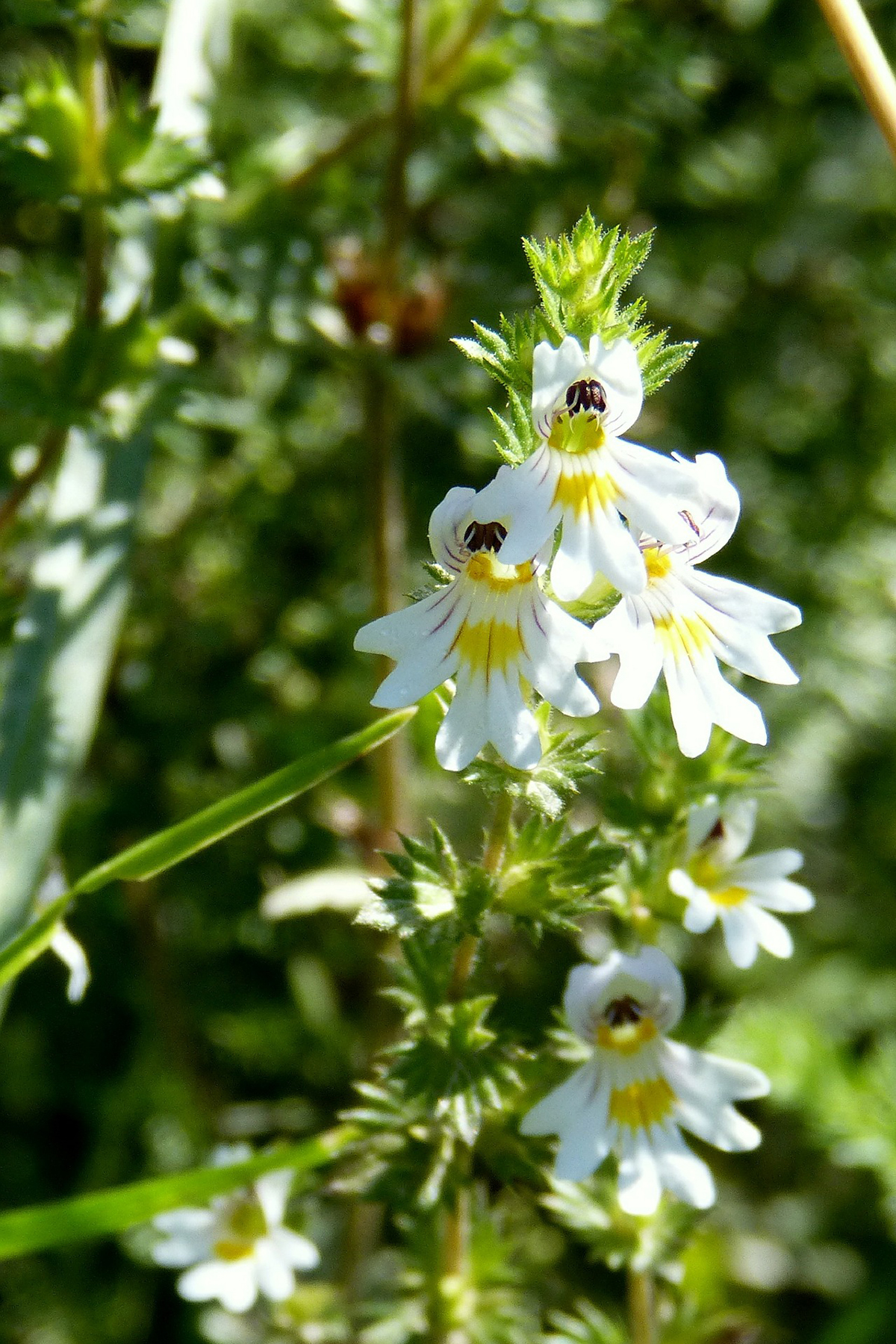
Astringent Herbs
Astringent herbs are indicated for copious, watery secretions. Plants with this action will help to tighten tissues while calming inflammation and irritation.
- Eyebright (Euphrasia officinalis)
- Raspberry leaf (Rubus idaeus)
- Yerba santa (Eriodictyon californica, E. angustifolia)
- Yerba mansa (Anemopsis californica)
- Elder flower (Sambucus nigra)
- Yarrow (Achillea millefolium)
- Self heal (Prunella vulgaris)
- Rose (Rosa spp.)
Vulnerary Herbs
Plants with a vulnerary action help to promote healthy tissues through cellular granulation and can therefore be of help in cases where tissue damage has occurred.
- Comfrey (Symphytum officinale)
- Calendula (Calendula officinalis)
- Plantain (Plantago spp.)
- Chamomile (Matricaria chamomilla)
- Self heal (Prunella vulgaris)
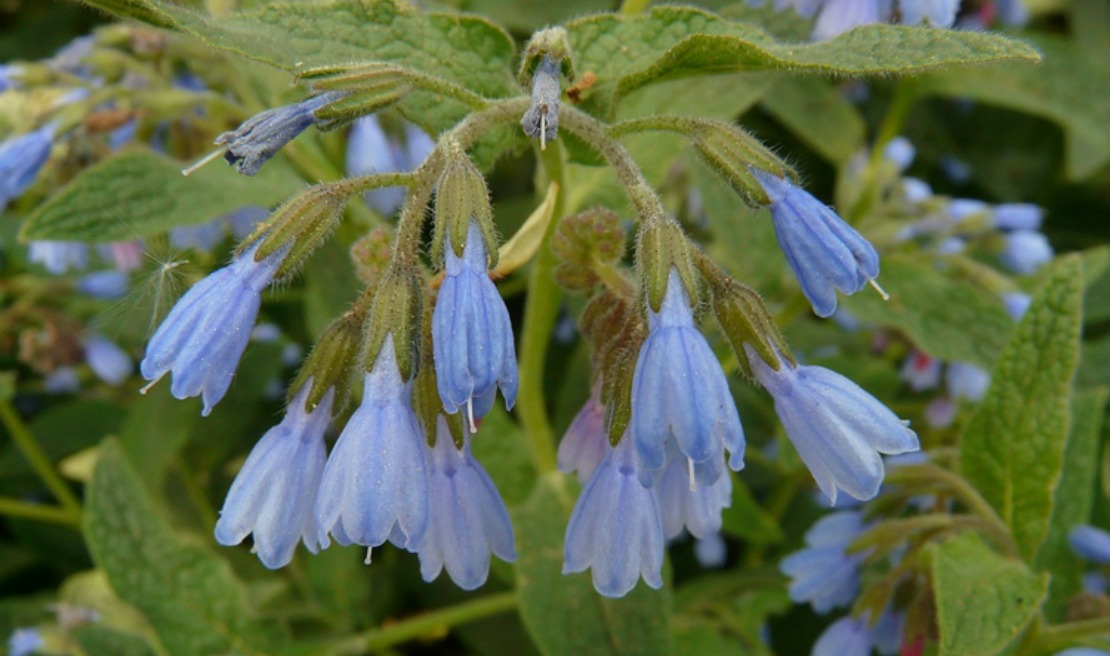
Demulcent Herbs
Like a balm, demulcent herbs soothe tissues and calm discomfort by helping to create a protective barrier between the irritant and the irritated tissue, thus calming allergy symptoms. Also, if there is a sense of dryness underlying the allergic secretions, demulcent herbs are a good addition to formulas so as to lessen the intensity of the astringent herbs.
- Comfrey (Symphytum officinale)
- Slippery Elm (Ulmus rubra)
- Marshmallow (Althaea officinalis)
- Violet (Viola spp.)
How To Make A Nasal Wash
The simplest nasal wash is made by combining 1 cup of distilled or boiled water (cooled to room temperature) with ¼ to ½ teaspoon of salt. If you want to increase the potency, choose from the herbs above to make your wash. You can choose just one of the herbs and use it to make a soothing tea for your wash or you can use a combination of herbs. For very runny sinuses, you will want a greater amount of a tightening astringent herb. If the sinuses feel injured and raw, add a vulnerary herb. For sinuses that feel a bit dry underneath all of the mucus, add a demulcent herb.
Please Note: Blending tips are based off of work by herbalist jim mcdonald.
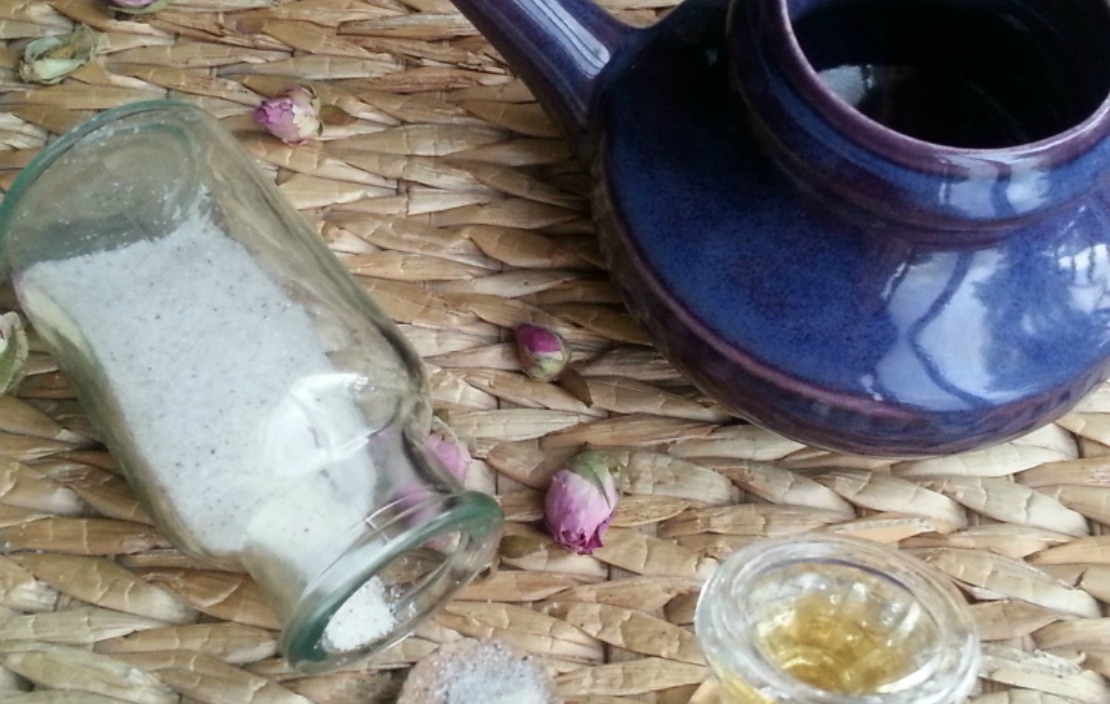
1 tablespoon total dried herb blendGeneral Sinus Wash Recipe
¼ to ½ teaspoon salt
½ teaspoon baking soda, optional – this is said to help thin mucus secretions (Khalsa, 2005)
1 cup boiled water
How To Make Eye Washes and Compresses
There are a couple of ways to calm irritated, allergic eyes with herbs. One is to use an herbal infusion to directly wash out the eye, and another method is to make a lovely soothing compress, which may be especially useful when working with children. The first thing to keep in mind when making an eye wash is to keep everything squeaky clean because you do not want to introduce bacteria into the eye. Next, you will want to consider which herbs to use. The classic herb for allergic eyes is eyebright. Eyebright (Euphrasia officinalis) is considered an anti-allergenic and it is known for “strengthening the tensile structure of the eyes” which makes it a wonderful ally for easing the discomfort of allergenic eyes (Jones, 1994). However, eyebright is a vulnerable plant in the wild where most of the herb in commerce is harvested from, and it is hard to cultivate, so seeking alternative herbs to use in its place is a good idea (Katz, 2000). The herbs listed above are all potential choices. If the eye is scratchy or dry be sure to include demulcent and vulnerary herbs in your formula.
1 tablespoon total dried herb blendGeneral Eye Wash Recipe
pinch of salt
1 cup distilled water, boiled glass eyecup
Soothing The Eyes Without An Eyecup
If you do not have or do not wish to use an eyecup, you can still get the benefits of an herbal eyewash by making an herbal compress. Prepare the herbal liquid as described above and soak a cloth in the herbal brew. Gently squeeze out excess liquid. Lay the cloth over your eyes for 5 to 10 minutes. Repeat a few times per day. For an even simpler solution, simply soak a few tea bags in warm water and place those over the eyes as a compress. Chamomile and black tea are good choices for this super easy method, perfect for a busy parent.
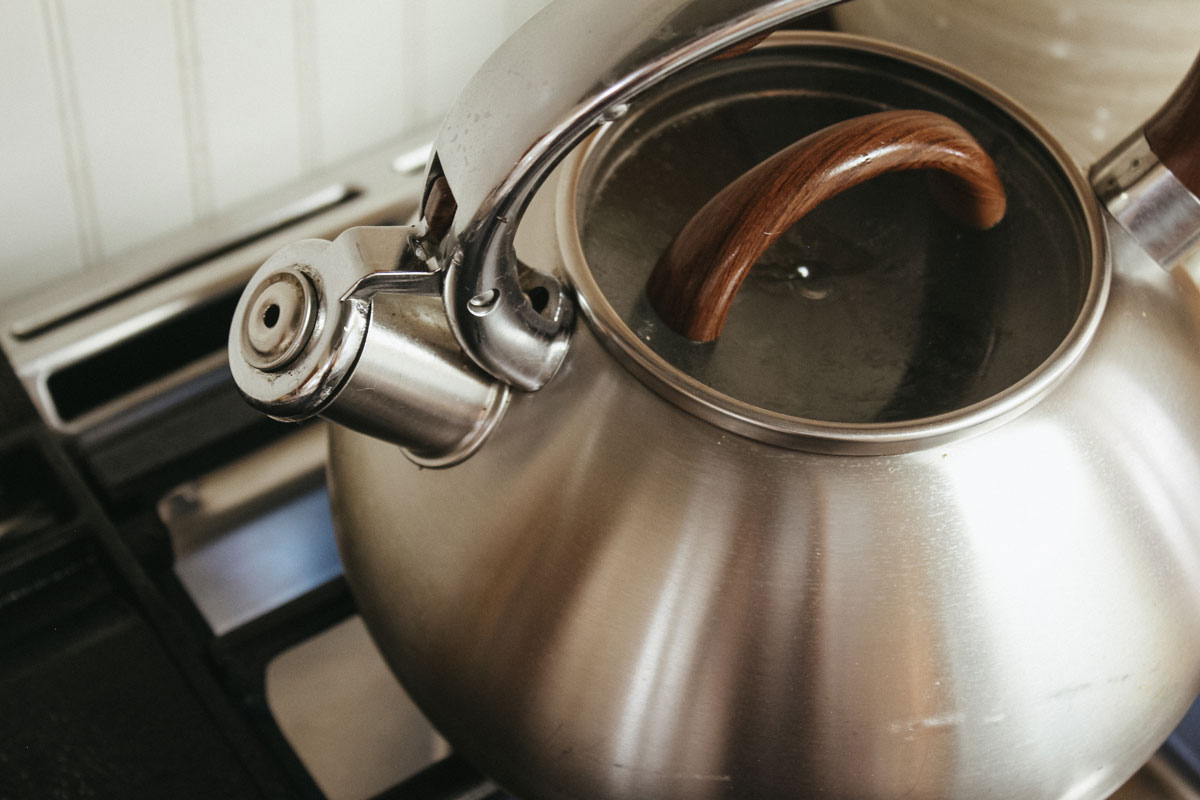
How To Make An Aromatic Steam
Steams are wonderful for opening up clogged nasal passages and for flushing out allergens. Although steams may not be quite as effective as a direct wash, they are still effective at calming allergic reactions. Steams are typically made with aromatic herbs and essential oils. The pungent aromas help to open clogged sinuses and bring down inflammation in the sinus cavity. You can choose to use herbs, essential oils, or a combination of both. If you are making the steam for a child, herbs are the best choice.
Good herb choices for steams are: chamomile, lavender, thyme, sage, rosemary, and mint.
Good essential oils choices include: eucalyptus*, lavender, rosemary*, German chamomile, spearmint, and tea tree.
*Do not use with young children under age six. It is important to use essential oils safely, especially around children as they are more sensitive than adults. Stay safe and visit our guide to using essentials for children here.
1 big handful of herbs2 to 4General Aromatic Steam Recipe
drops essential oil, use less if you are sensitive
A big pot of boiling water that you can comfortably bend over
A towel
Cautions for steaming with kids: You can make a steam for children but you need to be very, very careful to protect against burns. For young children, set the steaming pot in a small bathroom and cuddle them while the bathroom fills with steam. Encourage your child to breathe deeply. If the child is old enough to understand that the water is hot and they shouldn’t touch it, try using cooler water (perhaps hot water from the tap) and keep a very close eye on them while they steam. Check in often to make sure their tender skin isn’t getting too hot and ensure against burning.
You can also make these wonderful aromatherapy shower tablets to make steaming easy!
During the height of allergy season, these tips for natural allergy support may bring a welcome reprieve from the worst of allergy symptoms. Please also visit Allergy Home Remedies For Families for further considerations concerning diet and lifestyle modifications as well as other helpful herbal protocols. Wishing you a happy outdoor season!
Would you like to learn more about herbalism? Sign up to follow our blog below and check out our wonderful, affordable Introductory and Intermediate Online Herbal Courses!
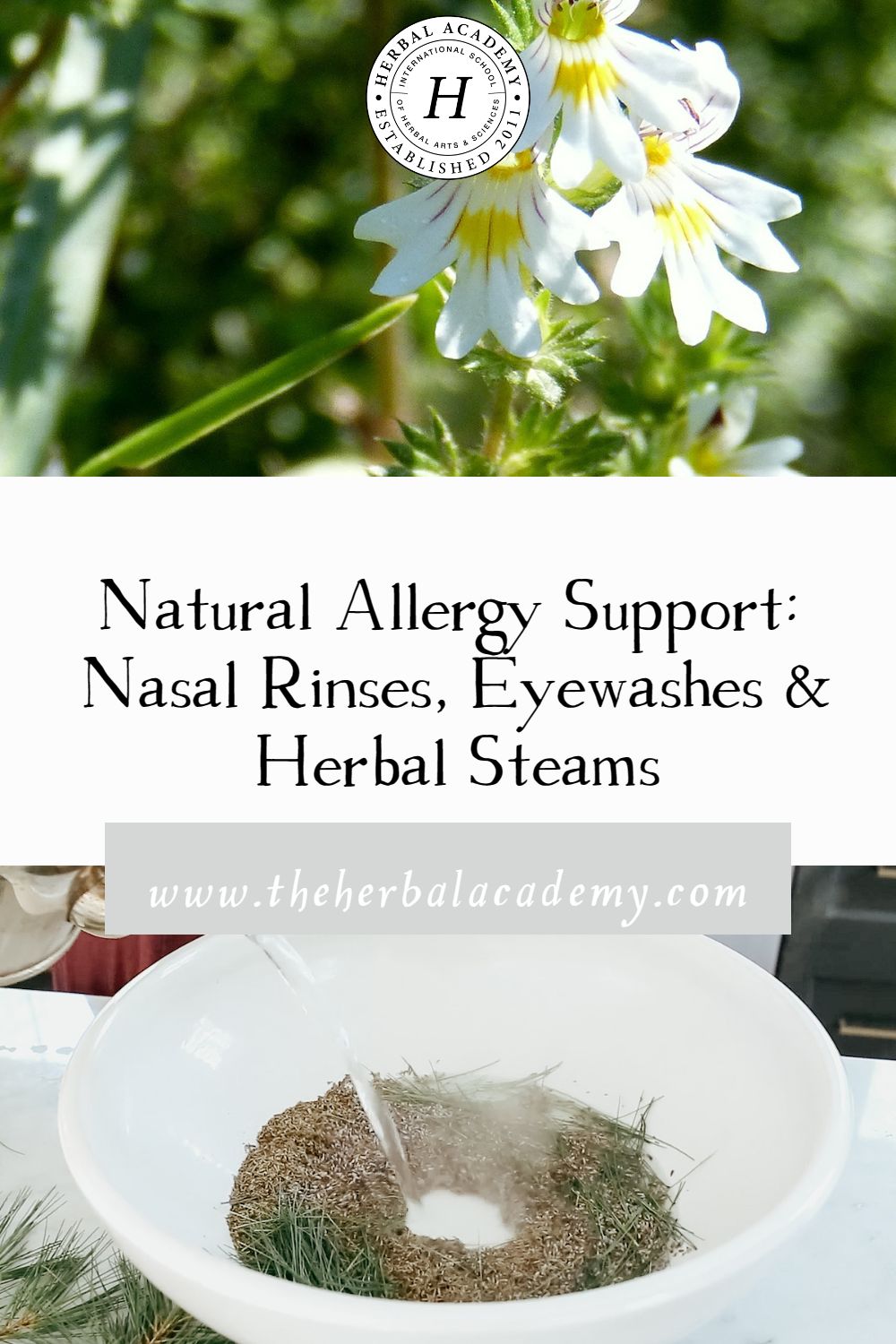
REFERENCES
Berry, J. (2013). Calendula- a natural remedy for irritated eyes. Retrieved from http://thenerdyfarmwife.com/calendula-a-natural-remedy-for-irritated-eyes/
Jones, F. (1994). Medicinal herb handbook. Six Directions Publishing.
Katz, S. (2000). Eyebright. In R. Gladstar & P. Hirsch (Eds.), Planting the future: Saving our medicinal herbs (pp. 100-104). Healing Arts Press.
Keville, K. & Green, M. (1995). Aromatherapy, a complete guide to the healing art. The Crossing Press.
Khalsa, K.P.S. (2005). Spring cleaning for your nose. Retrieved from http://www.motherearthliving.com/health-and-wellness/spring-cleaning-for-your-nose
Lawless, J. (1992). The encyclopaedia of essential oils. Element Books.
mcdonald, jim. (n.d.) Surviving sinusitis (and other catarrhal catastrophes). Retrieved from http://www.herbcraft.org/sinusitis.html
mcdonald, jim. (n.d.) Nasal & eyewashes I’ve known and loved. Retrieved from http://www.herbcraft.org/nasaleyewash.html
Tilgner, S. (1999). Herbal medicine from the heart of the earth. Wise Acres Press, Inc.







